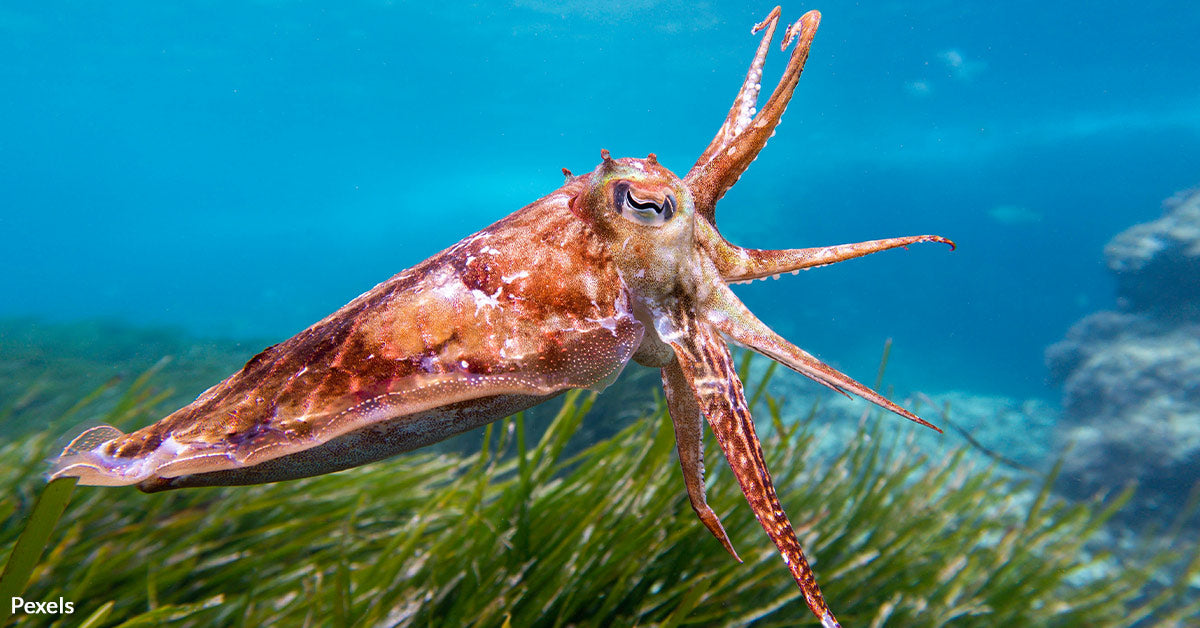Vast Unknown Worlds Beneath the Waves Hold Secrets to Earth’s Future
Earth’s oceans teem with life, a vast, interconnected web that scientists are still striving to understand. Despite covering more than 70% of the planet, only about 5% of the ocean has been explored, leaving a wealth of mysteries waiting to be uncovered.
Marine biologists and conservationists continue to uncover the secrets of the deep, one species at a time. The scale of ocean biodiversity is staggering, with estimates ranging from millions to tens of millions of species inhabiting this underwater realm.

Photo: Pexels
Scientists estimate that 91% of marine species remain undiscovered.
Vast Ecosystems, Limited Knowledge
The ocean contains 99% of Earth’s living space, yet we’ve only documented a fraction of its inhabitants. Approximately 243,000 marine species are currently classified, but experts believe that up to 91% of marine life remains undiscovered, as reported by the National Oceanographic And Atmospheric Administration. This gap in knowledge highlights how little we truly know about the creatures that inhabit our oceans.
The Ocean Census project, an ambitious initiative led by Nekton and funded by The Nippon Foundation, aims to identify 100,000 new species in the next decade. This effort leverages advanced technologies like underwater imaging and DNA sampling to accelerate discoveries. Marine biologist Alex Rogers described the potential for “completely new ecosystems” emerging from this work, as he told CNN.

Photo: Pexels
Only 243,000 marine species have been officially classified so far.
Who Lives in the Ocean?
Marine species range from microscopic plankton to the massive blue whale, the largest animal to ever live. The diversity spans numerous groups, each with unique adaptations. According to Kvarøy Arctic, these include:
- Marine mammals like whales, dolphins, and seals.
- Fish—over 20,000 species, including sharks and colorful coral reef inhabitants.
- Reptiles such as sea turtles and marine iguanas.
- Crustaceans like crabs, lobsters, and shrimp.
- Mollusks, including squids and clams.
- Cnidarians, like jellyfish and coral.
- Echinoderms, such as starfish and sea cucumbers.
These categories barely scratch the surface of marine biodiversity, which also includes algae, seagrasses, and other foundational organisms.

Photo: Pexels
The Ocean Census aims to discover 100,000 new species in the next decade.
The Depths Hold Secrets
The ocean’s depth and sheer volume make it the largest habitat on Earth, with average depths of 3,795 meters. The deep sea is home to fascinating creatures adapted to extreme pressure, cold temperatures, and complete darkness. The deepest point, Challenger Deep in the Mariana Trench, plunges 11,034 meters below the surface, a stark contrast to terrestrial environments.
The twilight zone, located between 200 and 1,000 meters deep, is one of the least explored areas. Recent dives revealed pristine coral reefs and colorful fish that thrive beyond sunlight’s reach. This zone also faces significant threats from climate change, with scientists predicting up to a 40% reduction in species by the century’s end unless emissions are curbed, according to CNN.

Photo: Pexels
The Ocean Census aims to discover 100,000 new species in the next decade.
A Fragile Balance
Human activity poses significant challenges to marine life. Overfishing, habitat destruction, and pollution are driving species toward extinction faster than they can adapt. Alarming reports from the MarineBio Conservation Society estimate that 20–100 million sharks are killed annually, while only 70 shark bites on humans occur each year.
Climate change compounds these issues by disrupting ecosystems and increasing ocean temperatures. However, initiatives like the Ocean Census and conservation efforts by organizations worldwide aim to counter these threats by increasing awareness and action.

Photo: Pexels
Oceans regulate climate and produce over half the oxygen we breathe.
Why It Matters
Marine biodiversity is crucial for maintaining global ecological balance. Oceans regulate the planet’s climate, support fisheries, and produce over half of the oxygen we breathe. Protecting this vast and varied ecosystem is not just an environmental concern; it’s a matter of survival for humanity.
Efforts to explore and document ocean life, such as those by the Census of Marine Life and the Ocean Census project, are essential steps in understanding and preserving these fragile ecosystems. As marine biologists and researchers dive deeper into the unknown, their discoveries remind us of the interconnectedness of life on Earth and the importance of protecting its most mysterious habitat.





























































































































































































































































































































































